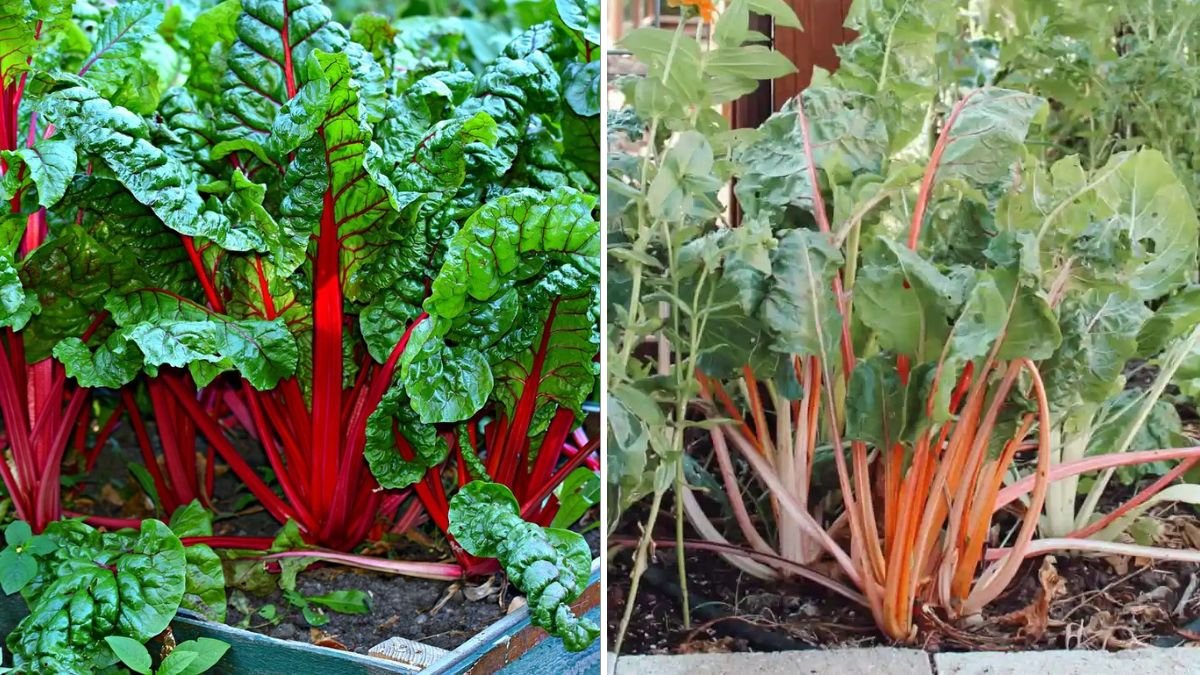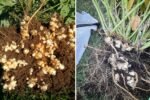If you’re looking for a leafy green that’s both beautiful and incredibly nutritious, Swiss chard is your answer. With its brightly colored stems and glossy leaves, this vegetable adds a pop of color to your garden — and a burst of flavor to your kitchen. Loved by American home gardeners for its low maintenance and high yield, Swiss chard is the perfect crop for anyone who wants healthy greens all season long.
In this detailed guide, we’ll cover everything you need to know about growing Swiss chard — from choosing the right variety and planting it successfully to harvesting, cooking, and enjoying its many health benefits.
What Is Swiss Chard?
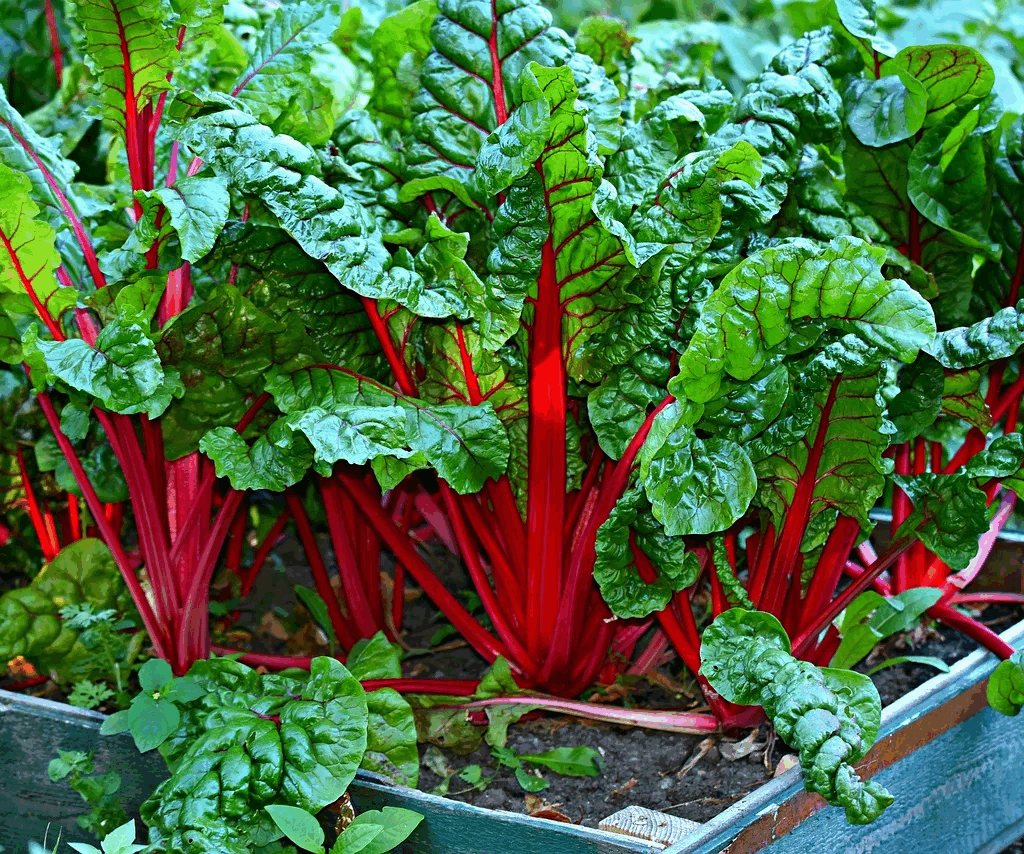
Swiss chard (Beta vulgaris var. cicla) is a member of the beet family, but unlike beets, it’s grown for its nutrient-packed leaves and crunchy stems rather than its roots. Sometimes called silverbeet or leaf beet, this vegetable is native to the Mediterranean region and has been a kitchen staple for centuries.
Today, it’s a favorite among American gardeners and chefs for its versatility and resilience. Swiss chard can withstand heat better than spinach and is much easier to grow than many other leafy greens.
Why Swiss Chard Belongs in Your Garden
Here’s why so many U.S. gardeners are falling in love with Swiss chard:
- Extremely productive: Once established, it keeps producing leaves for months.
- Heat and cold tolerant: You can grow it in nearly every American climate.
- Ornamental beauty: The vibrant stems (red, orange, yellow, pink, and white) make it a garden showstopper.
- Packed with nutrients: It’s loaded with vitamins A, C, and K, plus magnesium, iron, and potassium.
- Versatile in the kitchen: Great for sautés, soups, salads, and smoothies.
Swiss chard is truly a “plant it once, enjoy it all season” kind of crop — perfect for beginners and experienced gardeners alike.
Popular Varieties of Swiss Chard
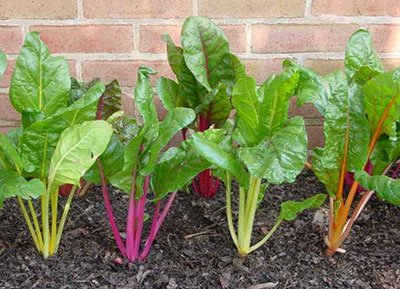
There are several stunning types of Swiss chard to choose from, each offering unique colors and flavors.
- Bright Lights: Perhaps the most popular variety in the U.S., known for its rainbow-colored stems — red, pink, orange, and yellow.
- Fordhook Giant: A traditional green chard with large, crinkly leaves and thick white stems. It’s heat-tolerant and extremely productive.
- Ruby Red (Rhubarb Chard): Features deep red stems and veins with dark green leaves — a beautiful contrast in the garden.
- Lucullus: A classic heirloom type with tender pale green leaves and white stalks.
- Barese Chard: A compact, fast-growing variety perfect for containers or small gardens.
Each of these types can bring both flavor and color to your kitchen garden.
How to Grow Swiss Chard at Home
Growing Swiss chard is simple, even if you’re new to gardening. It thrives in most American regions, from California to the Carolinas, and can be grown year-round in warmer climates.
1. When to Plant
Swiss chard is a cool-season vegetable that can also tolerate summer heat.
- In northern states, plant seeds in early spring (2–3 weeks before the last frost) or late summer for a fall crop.
- In southern states, chard can be grown through winter.
2. Choosing the Right Spot
Chard loves full sun, but it can handle partial shade — especially in hot areas. Choose a spot with well-draining soil rich in organic matter.
3. Planting the Seeds
- Sow seeds ½ inch deep and 2 inches apart in rows spaced 12–18 inches apart.
- Once seedlings are 3–4 inches tall, thin them to about 10–12 inches apart to give each plant room to grow.
- Water regularly to keep the soil moist but not soggy.
4. Fertilizing
Swiss chard benefits from a balanced fertilizer or compost every 4–6 weeks. Avoid over-fertilizing with nitrogen, as it can produce excessive leaves with less flavor.
5. Watering
Chard needs consistent moisture, especially in hot weather. Aim for about 1 inch of water per week, and mulch around the plants to help retain soil moisture and control weeds.
Common Pests and Problems
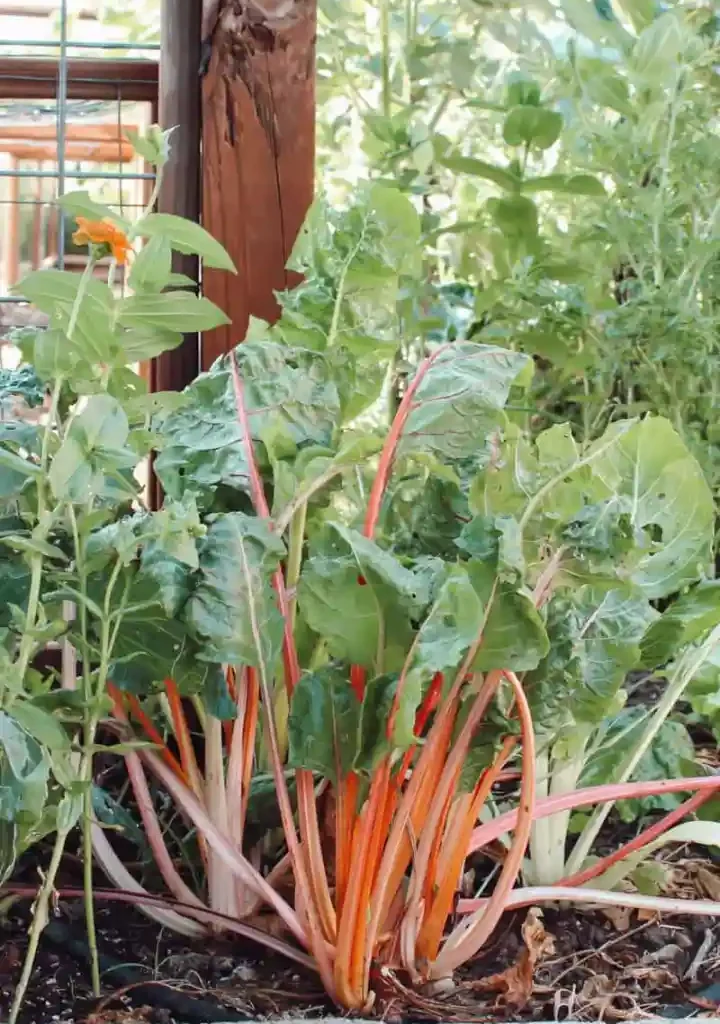
Swiss chard is generally hardy, but it can occasionally attract a few pests.
- Leaf miners: These small insects burrow into leaves, leaving white trails. Prevent them with row covers and remove any affected leaves.
- Aphids: Rinse them off with water or spray with insecticidal soap.
- Slugs and snails: Sprinkle crushed eggshells or diatomaceous earth around the plants as a natural deterrent.
Regular inspection and early action can help keep your plants healthy all season.
Harvesting Swiss Chard
One of the best parts about growing Swiss chard is how easy and continuous the harvest can be.
- You can start harvesting when leaves are about 6–8 inches long (usually 50–60 days after planting).
- Always pick the outer leaves first, allowing the inner leaves to keep growing.
- Cut leaves about an inch above the base — the plant will quickly produce new growth.
With proper care, you can enjoy fresh Swiss chard for months — sometimes even into early winter in mild climates.
How to Use Swiss Chard in the Kitchen
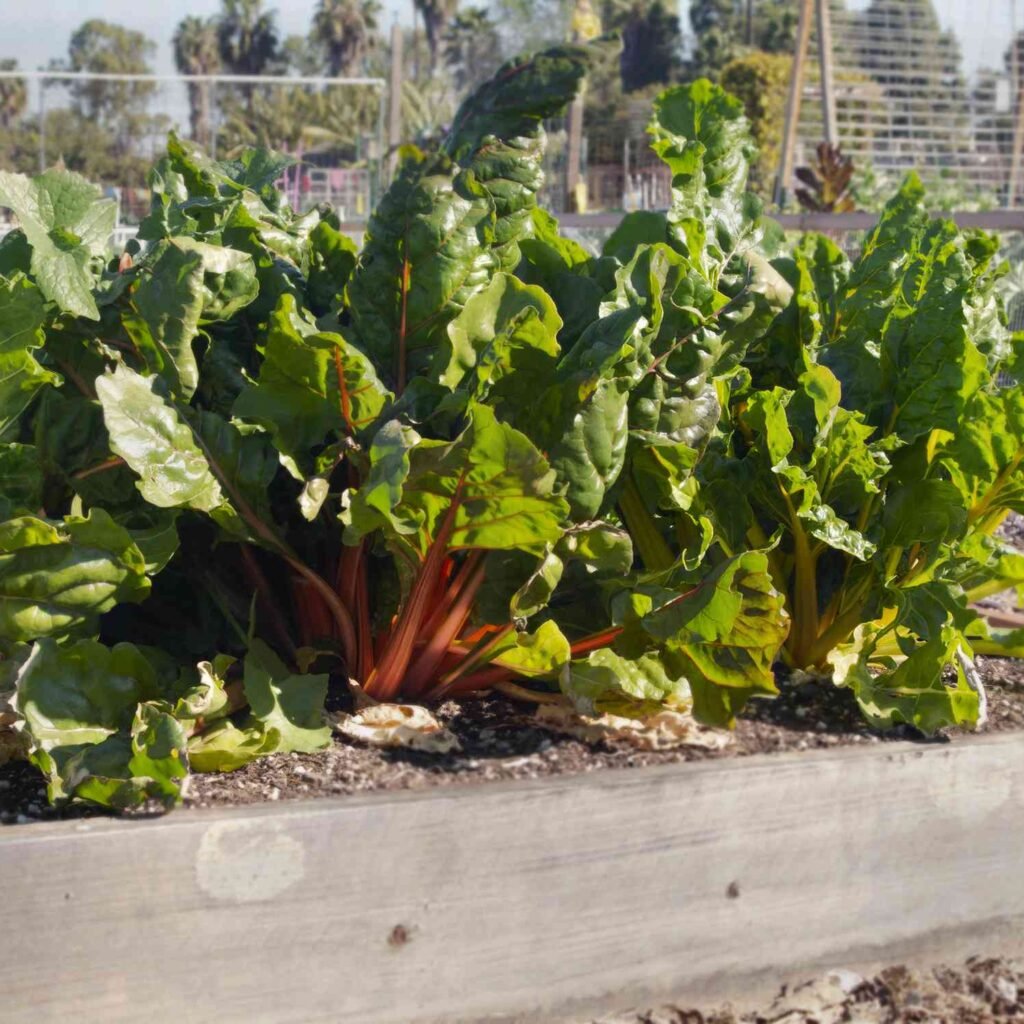
Swiss chard isn’t just good for you — it’s incredibly delicious. Its mild, earthy flavor works beautifully in a variety of dishes.
Here are some tasty ways to use it:
- Sautéed Chard: Sauté chopped leaves and stems in olive oil with garlic and a splash of lemon juice.
- Chard Smoothies: Add baby chard leaves to fruit smoothies for a boost of nutrients.
- Soups and Stews: Toss in chopped chard near the end of cooking for extra flavor and color.
- Stuffed Chard Wraps: Use large leaves to wrap grains, cheese, or ground meat for a healthy alternative to tortillas.
- Omelets and Frittatas: Combine chopped chard with eggs and cheese for a protein-packed breakfast.
- Salads: Baby chard leaves make a flavorful base for fresh salads.
You can even substitute Swiss chard for spinach or kale in most recipes.
Health Benefits of Swiss Chard
Swiss chard isn’t just a pretty face — it’s a nutritional powerhouse.
- Rich in vitamins A, C, and K — essential for vision, immunity, and bone health.
- High in antioxidants, which protect your cells from free radicals.
- Supports heart health thanks to its potassium and magnesium content.
- Promotes digestion with its high fiber content.
- Anti-inflammatory properties that help reduce chronic inflammation.
Whether you’re eating it raw or cooked, adding Swiss chard to your diet can help you stay energized and healthy.
Companion Planting Tips
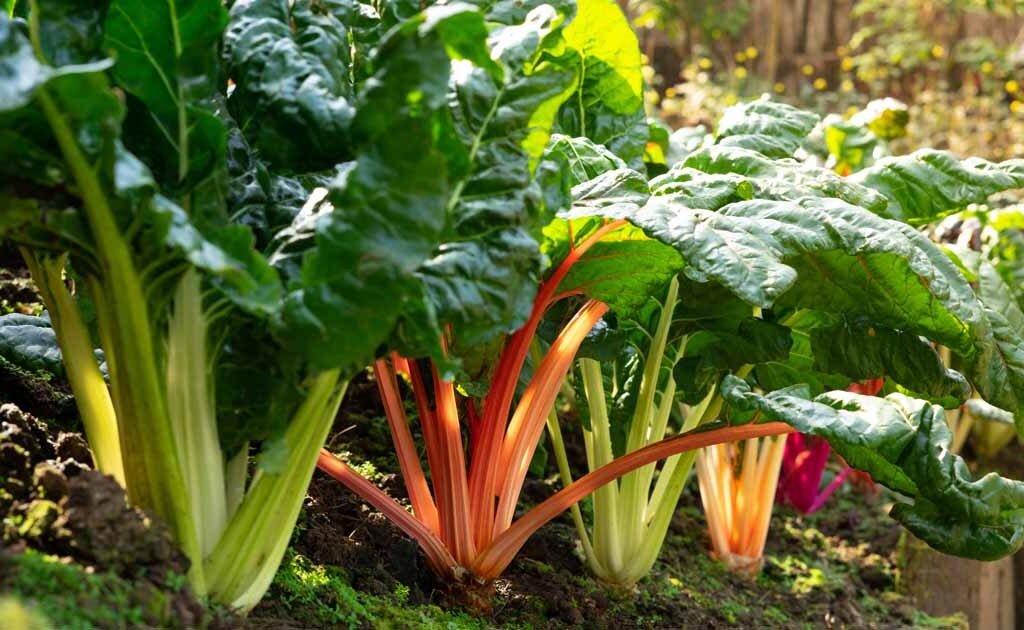
Swiss chard grows well with many other garden vegetables. Pair it with:
- Carrots, onions, and beans (they won’t compete for nutrients).
- Herbs like dill and mint, which can repel pests.
- Avoid planting near corn or potatoes, which can crowd or shade it.
Companion planting not only saves space but also helps maintain a balanced, pest-resistant garden ecosystem.
Sustainability and Home Gardening
Swiss chard is a fantastic addition to any eco-friendly garden. It’s low-maintenance, grows fast, and provides continuous harvests, meaning less food waste and fewer grocery trips.
Plus, by growing your own greens, you reduce your carbon footprint and enjoy vegetables free of pesticides and plastic packaging.
Even if you live in an apartment, Swiss chard thrives in containers or raised beds — making it accessible to nearly everyone.
Final Thoughts: A Must-Have Green for Every Garden
Swiss chard checks all the boxes for home gardeners: it’s beautiful, resilient, and nutritious. Whether you’re a beginner growing your first vegetable patch or an experienced gardener expanding your greens, chard delivers stunning results with minimal effort.
So why not plant a few seeds today? With just a little care, you’ll soon have a garden full of rainbow-colored leaves — and a kitchen filled with fresh, healthy meals straight from your backyard.
